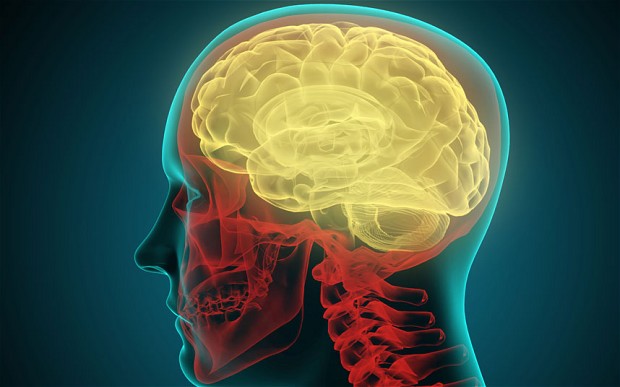SPET-CT Better Than MRI for Imaging Blood Flow Defects in Brains of CEP Patients, Study Finds
Written by |

A brain imaging technique called SPET/CT effectively detects mild-to-moderate blood flow defects in patients with congenital erythropieetic porphyria (CEP) and may be superior to magnetic resonance imaging (MRI) scans, a case study reports.
The research, “Brain perfusion defects by SPET/CTand neurostat semiquantitative analysis in two patients with congenital erythropoietic porphyria,” appeared in the Hellenic Journal of Nuclear Medicine.
CEP is an extremely rare disorder, caused by lack of an enzyme called uroporphyrinogen III synthase (UROS), which leads to accumulation of compounds called prophyrins. A total of 45 different mutations throughout the UROS gene have been associated with the disease.
CEP is regarded as a cause of anemia before birth. The disorder typically begins with red urine shortly after birth, followed by skin photosensitivity (immune reaction to sunlight) and fragility in early infancy, and also scarring.
In contrast to acute prophyrias, no neurological and/or psychiatric symptoms have been described in CEP. Prior research identified cerebral ischemia — a type of stroke due to insufficient blood flow in the brain — in patients with acute intermittent porphyria (AIP).
Researchers have also suggested the possible role of a brain imaging technique called single photon emission tomography (SPET) to detect brain perfusion defects early, before changes are evident on MRI scans.
The scientists described the cases of two Pakistani brothers, ages 27 and 23, with severe symptoms such as red to yellow urine, mild yellow teeth coloration, hypertrichosis (excessive hair grown), fragile skin with blisters prone to rupture and infection, skin thickening, light sensitivity, fatigue, and depression.
Anemia and osteopenia (low bone density) were subsequently detected. CEP was confirmed by molecular analysis. Brain vascular damage was then assessed by SPET combined with computed tomography (SPET/CT) and by MRI. SPET/CT has already been tested in other brain disorders, such as mild cognitive impairment, the researchers noted.
SPET/CT was performed 30 minutes after injection of HMPAO, a radiopharmaceutical used for nuclear medicine scans. Brain areas of reduced HMPAO uptake were considered hypoperfused (reduced perfusion or blood flow), and therefore pathologic.
Results of SPET/CT revealed several brain perfusion defects in both patients. In contrast, no alterations were found in either patient with an MRI. The scientists attributed this mismatch between SPET/CT and MRI to the absence of necrosis, or cell and tissue death, although they did not rule out other possible causes.
Importantly, they commented that the patients’ young age, and the absence of other risk factors such as diabetes, hypertension, tobacco smoking and drug addiction strongly indicate that the observed brain hypoperfusion is due to CEP.
“In our opinion, SPET/CT could have a key role in this setting of patients due to its high sensitivity and reliability in mild-to-moderate brain perfusion defects detection,” the researchers wrote.
“In fact, SPET/CT is able to detect even mild functional alterations in contrary to morphological [shape-related] imaging methods like MRI,” they added.





